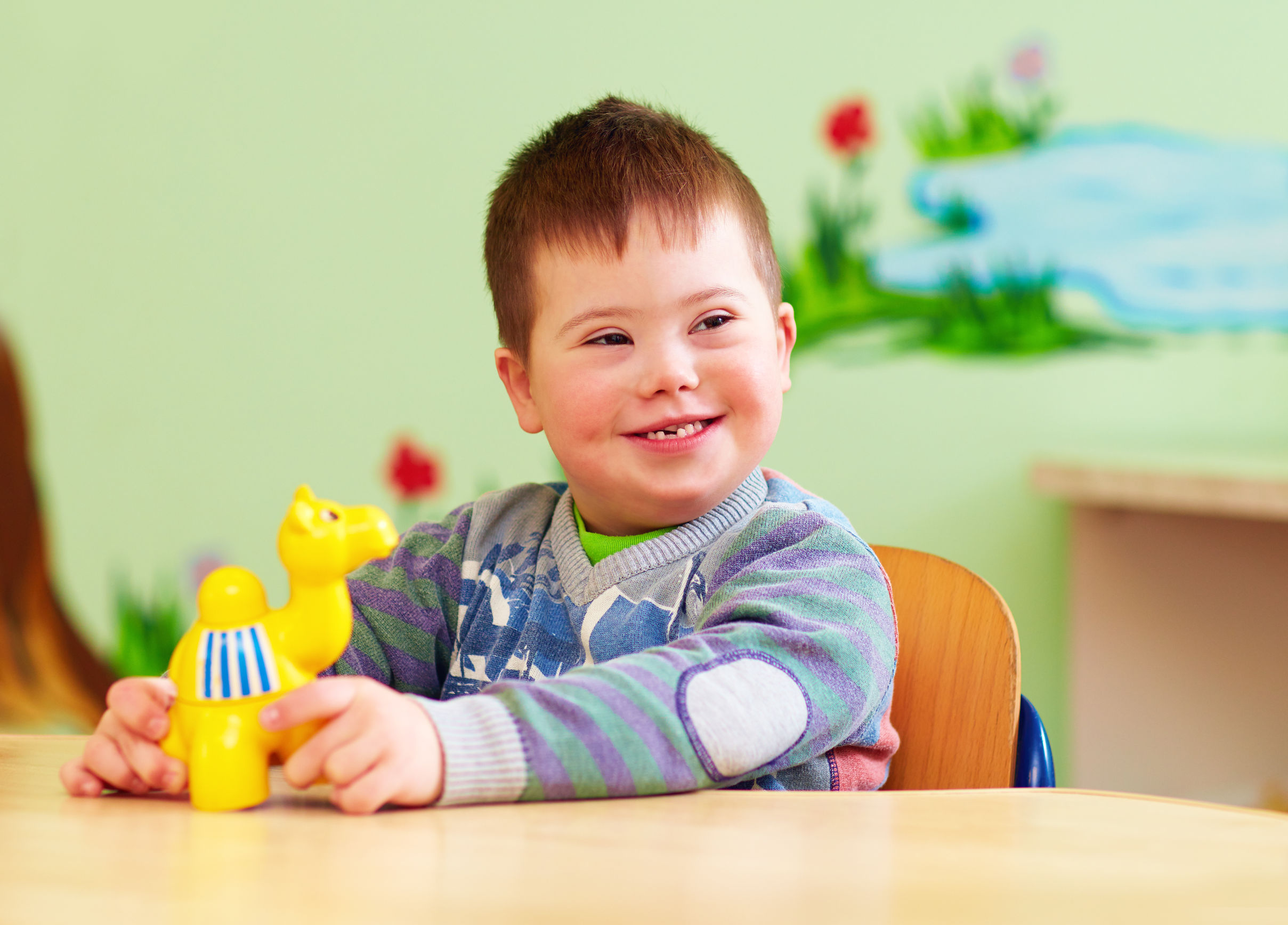For most of us, interacting with others comes easily, but for about 1 in 160 children worldwide who have an autism spectrum disorder (autism), socialization can be a challenging task.
Improving social skills in children with autism could be as simple as wearing a pair of artificial intelligence (AI)-powered eyeglasses, suggests a new study by Stanford researchers.
The study was born out of an unmet need to find effective interventions to boost socialization amongst children with autism. While families can work with behavioral specialists to improve their child’s social skills, these sessions can be expensive and not accessible for all children. Furthermore, children might not be able to generalize what they learn from these sessions into real-world situations.
The Stanford research team worked with Google Glass to see if Superpower Glass, an eyewear and mobile app combination, can improve social skills better than standard applied behavior analysis alone.
The wearable device pairs with a mobile application that uses AI technology to detect facial expressions and to categorize the emotional state. For example, an icon lights up to show that a face has been detected. If the device sees a furrowed brow and deep frown, the device might interpret this facial expression as “sad” and thus communicate this with the user through a robotic voice audio cue. In contrast, a wide grin with wrinkles around the eyes might be interpreted as happiness.
The device prompted users to learn about facial expression variation and differentiation through different games. One game gets the children to elicit a specific emotion from a caregiver (“Make mom laugh by telling her a joke”) while another game prompts children to guess the emotion of whoever they’re interacting with.
In the study, the device could accurately detect a face 97 percent of the time and correctly identify eight different emotions 72 percent of the time. It could do all that in less than a second.
The team recruited 71 children aged 6-12 with autism into their study, randomizing half to standard therapy and half to standard therapy plus Superpower Glass. Families of children in the Superpower Glass arm were advised to have four 20-minute sessions with the device each week over the six-week study period.
At the end of the study, the researchers found that children in the Superpower Glass arm had improved scores in a validated scales test for socialization (Vineland Adaptive Behaviors Scale) compared to children in the control arm. While this wearable device might not replace traditional applied behavior analysis therapy any time soon, the researchers are hopeful this is a good start.
“We do think it’s going to be a helpful augmentation,” said Dr. Dennis Wall, leader author and Associate Professor of Pediatrics, Psychiatry and Biomedical Data Sciences at Stanford Medical School in an article by MedicineNet. “We hope this sets the stage for more to come.”
Indeed, more innovations like these are underway. Last year, medical device company Neurotech tested their Mente Autism device in a 12-week randomized clinical trial. The three-part device uses electroencephalogram (EEG) readings and neurofeedback to help children with autism relax and stay focused.
Digital therapeutics enable families to conduct therapies right at home, without having to visit a clinician’s office. Additionally, ubiquitous smartphone use makes these technologies easy to integrate into daily life.
As for the Superpower Glass, more research will be needed before the new tech hits the autism treatment market.
“We’re working to get this to commercial availability,” concluded Dr. Wall. “But we wouldn’t put it out there without proper validation.”












Join or login to leave a comment
JOIN LOGIN